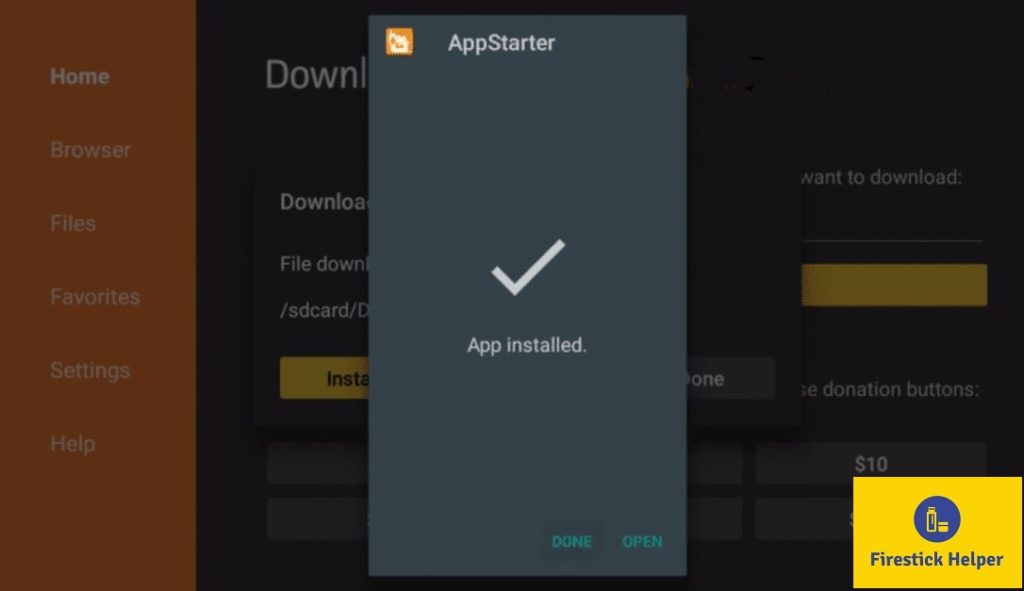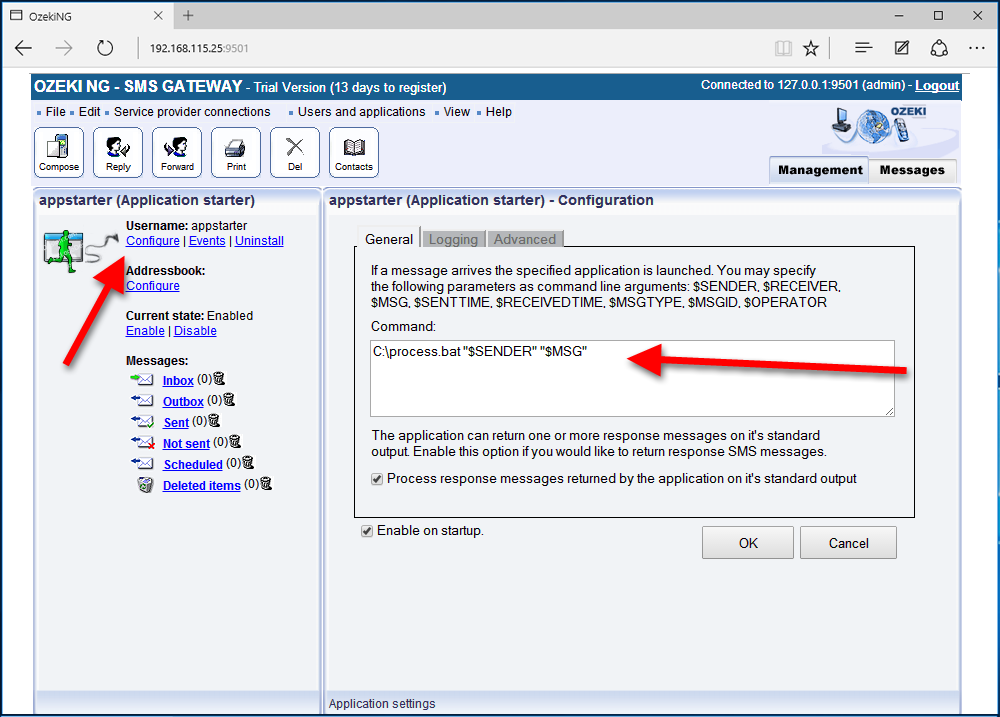
- #Appstarter github install
- #Appstarter github plus
- #Appstarter github download
- #Appstarter github free
Where you dropped the pie, a launcher will appear.

Simply drag’n’drop a pie from the configuration menu to your desktop. You can also create a launcher on your desktop which opens pies. If you want some additional information you can have a look at the official documentation. It’s easy to set up and really cool!Įasystroke has an interface which is quite to understand. For example you may draw a big B on your screen to open the bookmarks-pie.
#Appstarter github install
You can install this tool and bind each pie you want to a gesture. With the open source application Easystroke you can easily execute any command when performing a user defined action.

These ID’s are chosen randomly, so your ID’s may be different to mine. The ID of each pie is displayed in the pie settings menu, below the icon select button. All of these are based on one feature of Gnome-Pie: You can open any pie with a terminal command: gnome-pie -o 123 Here I present several ways which make the usage of Gnome-Pie much more fluent. It’s not comfortable to press a complicated key stroke in order to open a pie.
#Appstarter github plus
All your Pies are listed on the left - you can add new or delete existing pies with the little plus and minus sign in the lower left-hand corner.
#Appstarter github free
Feel free to use them as a starting point for your custom configuration! Adding Slices via Drag’n’Drop When started for the first time Gnome-Pie generates some example Pies. Press Ctrl-Alt-A to open an example pie.īy clicking on the panel-indicator of Gnome-Pie or by launching the application a second time, you can open its settings menu. It will start silently, only an indicator in your panel will be visible. This way you can launch the application via your main menu.

Gnome-Pie works fine when launched this way but you can also install it system wide for all users: cd build & sudo make install Now you can launch your local version of Gnome-Pie. If you feel adventurous and want to use the most recent in-develop version of Gnome-Pie (which is likely to behave strangely or not to work at all) use the following command.
#Appstarter github download
Then download Gnome-Pie from GIT and compile it: git clone git:///schneegans/Gnome-Pie.git In Ubuntu 14.04 or later this can be done with the following commands: sudo add-apt-repository ppa:vala-team/ppa If it does not fit, please install a newer version. You may check your current version by running valac -version. Make sure, that you have a version of the vala compiler which is at least 0.24. Sudo dnf install cmake make automake gcc gcc-c++ vala gtk3-devel libwnck3-devel libgee-devel libxml2-devel libXtst-devel gnome-menus-devel libarchive-devel bamf-devel The dependency libappindicator3-dev is optional, if your distribution does not support this system, simply ignore it. First of all, install all dependencies - below you will find the appropriate commands for Fedora and Ubuntu if you have another package manager you’ll have to change this command accordingly. When this is done, you can launch the application via your main menu. sudo add-apt-repository ppa:simonschneegans/testing Simply enter the following commands in a terminal. This will add my PPA as a package source to your system and will work for Ubuntu and similar distributions. I maintain a PPA for easy installation on ubuntu-ish distributions and there are several repositories for other distributions, like Arch Linux. Besides from installing from source there are other ways to install Gnome-Pie.


 0 kommentar(er)
0 kommentar(er)
